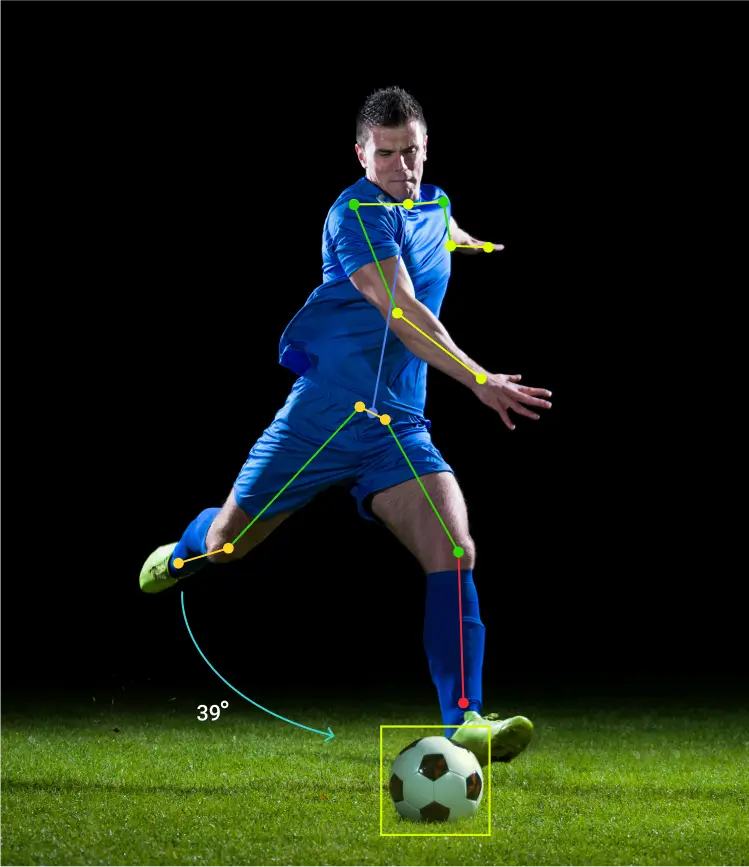Automatic License Plate Recognition (ALPR) Solutions
Smarter Surveillance With Automatic License Plate Detection
Our License Plate Recognition (LPR) solution enables seamless vehicle identification for enhanced security, efficient access control, and data-driven decision-making. Whether you're monitoring public roads, managing gated facilities, or automating parking operations, our advanced LPR technology delivers fast, accurate results—day or night, in any condition.

What is License Plate Recognition?
License Plate Recognition (LPR) is an AI-powered video analytics technology that detects and reads vehicle license plates in real time. By leveraging high-resolution cameras and deep learning algorithms, our LPR solution identifies plates, captures metadata, and integrates with third-party systems for automated responses.
License Plate Detection and Tracking Applications
Our license plate recognition solution can augment a wide range of vehicle monitoring and management systems
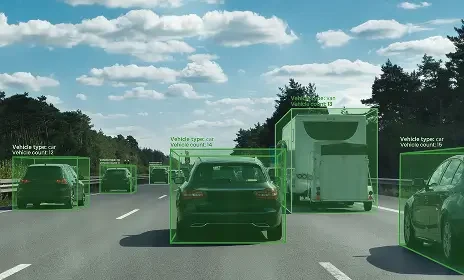
Detect and read plates to flag vehicles violating traffic rules.

Security & Monitoring
Monitor vehicles that enter/exit the premises

Toll Management
Automate toll collection by integrating vehicle recognition with payment systems, improving user experience and operational efficiency.
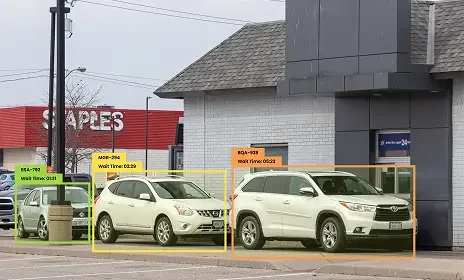
Efficient Drive-Thru Management
Boost drive-thru efficiency & performance to avoid abandonment and excessive wait times.
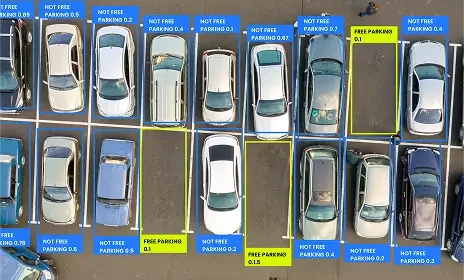
Parking Management
Ensure that vehicles abide by your parking policy, and receive alerts for violations with our license plate recognition parking system.
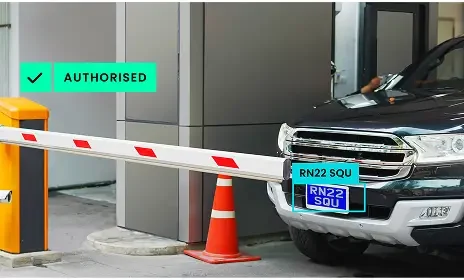
Airport Parking & Access Control
Automating vehicle entry and exit, reducing wait times, and enhancing security.Ensure efficient access control, improving overall traffic flow and safety.

Law Enforcement
Support law enforcement activities with real-time vehicle identification and license plate recognition, aiding in crime prevention and traffic regulation enforcement.
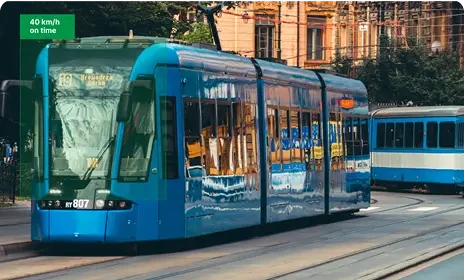
Public Transport Planning
Enhance public transport efficiency by understanding vehicle patterns and peak hours, allowing for better scheduling and resource allocation.
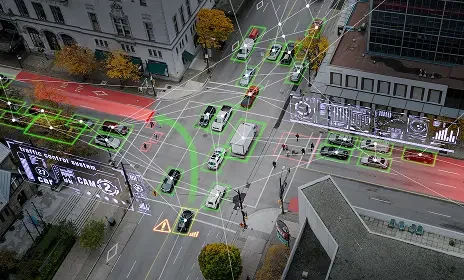
Fleet Management
Our ALPR solutions enable real-time vehicle tracking, route optimization, and maintenance monitoring for efficient fleet management.
ALPR Solution Packed With Features and Benefits
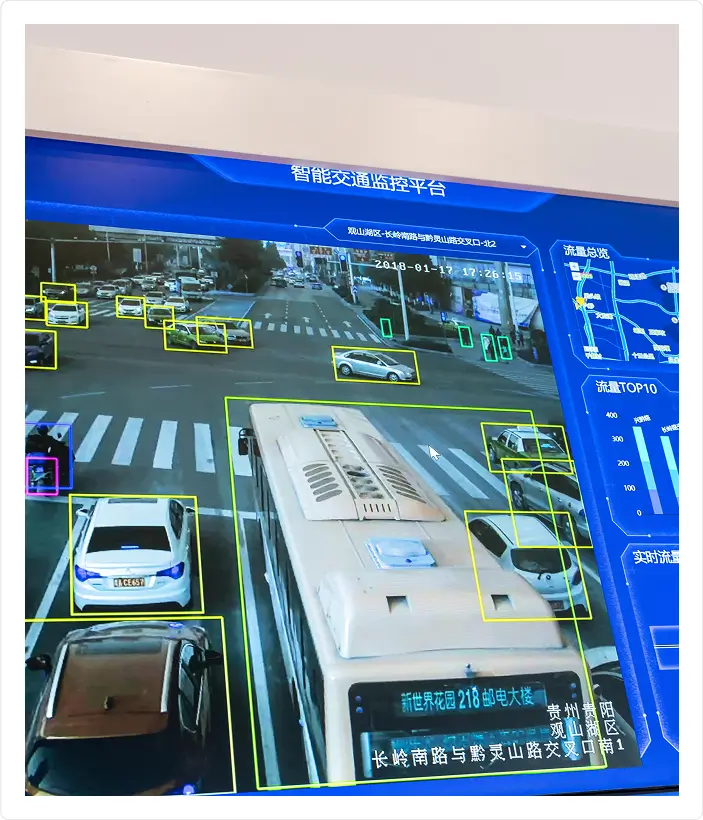
How Automatic License Plate Recognition Works
Our License Plate Recognition solution operates through a streamlined, intelligent workflow. High-performance cameras continuously capture vehicle traffic, while AI-powered algorithms detect and isolate license plates in real time. The system then reads and extracts the alphanumeric characters from each plate. Once captured, the data is analyzed and stored, enabling integration with external systems for logging, monitoring, or reporting. Based on predefined rules, the system can automatically trigger actions such as opening gates, sending alerts, or initiating security protocols—making the entire process efficient, automated, and responsive.
Compatible Solution - Built to Integrate with Your Existing Systems
Seamlessly connect with your existing cameras, systems, and software — whether on-prem or in the cloud. Our ALPR solutions are built for fast, flexible integration.
Existing Cameras (CCTV, ANPR)
Traffic Management Systems
Fleet & Access Control Software
API & Plugin Support (Cloud & On-Prem)
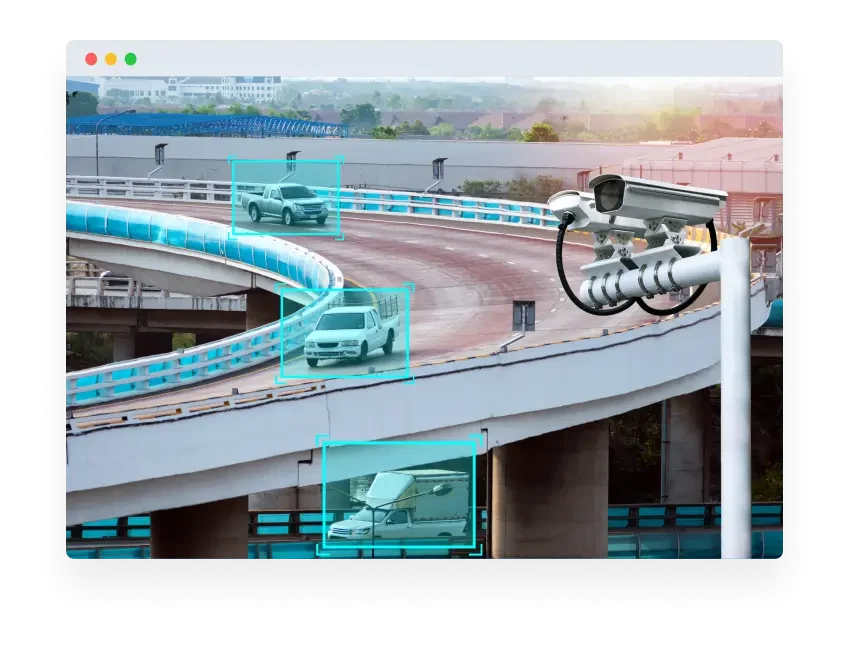
ALPR: A Necessity for Modern Traffic Management in the U.S.
With over 275 million registered vehicles on the road, the United States faces growing challenges in traffic enforcement, congestion management, and public safety.
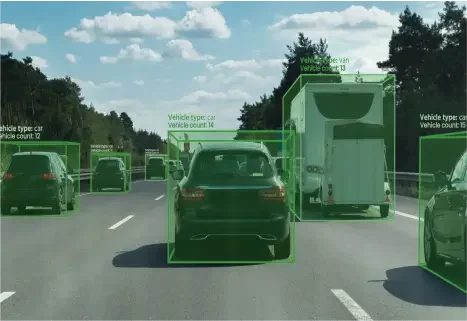
Scalable For City, State, And Federal Use
ALPR systems are adaptable, whether you're covering a small town or a multi-state highway network.
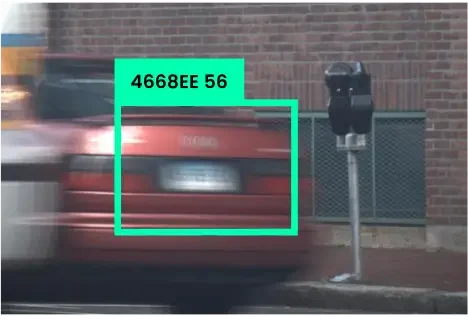
Accuracy And Automation
Unlike manual plate checks or legacy cameras, ALPR delivers high-volume, real-time insights with minimal human intervention.
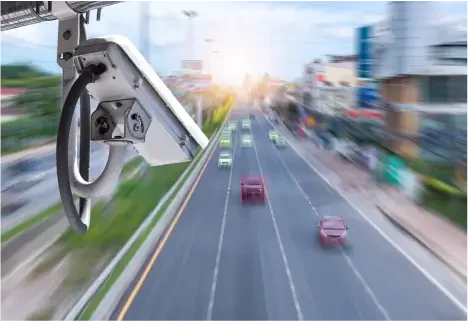
Integration-Ready For Smart Cities
ALPR feeds into broader intelligent transportation systems (ITS), supporting goals around sustainability, congestion reduction, and safety.
Frequently Asked Questions
What is the accuracy rate in adverse weather?
Our ALPR solutions are trained to perform in real-world conditions, including rain, fog, and low light. With proper camera placement and calibration, the system maintains an accuracy rate of over 90% even in challenging weather scenarios.
Does this work with existing infrastructure?
Yes, our custom ALPR solutions are designed to integrate seamlessly with your existing infrastructure, including IP cameras, traffic management systems, and access control software. We support both cloud-based and on-premise deployments.
Can it handle high-speed traffic scenarios?
Absolutely. Our system is built to detect and recognize license plates on vehicles moving at speeds up to 250 km/h, making it ideal for highways, toll roads, and fast-moving environments.
Can your system recognize license plates from different countries?
Yes. Our solution can be fine-tuned to support international license plate formats, including variations in character sets, plate sizes, and layouts. We offer customization based on your region and use case.



